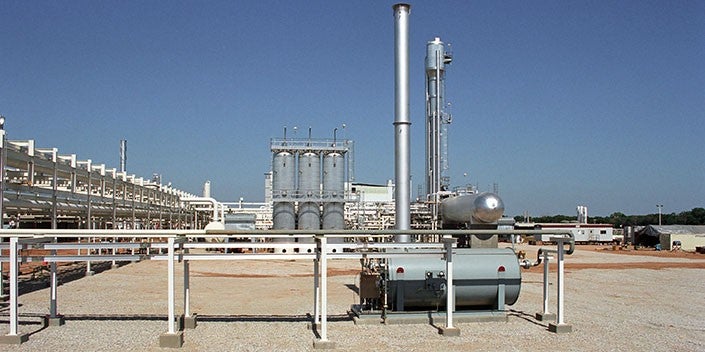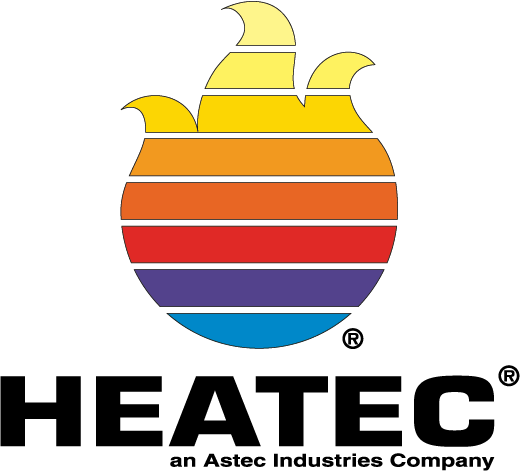
In the pharmaceutical sector, precise temperature control and high sanitation standards are required in laboratory environments.
Heaters are used for various applications throughout the industry, including manufacturing pharmaceuticals, culture prep and distillation. When working with chemical components, heating equipment is required to maintain the correct working temperature. Products such as salts, sulphates, acids and phosphates may also need to be heated or dried for pharmaceutical operations such as granulation or polymerisation.
How do process heaters work?
Process heaters directly heat fluid as it flows through the system, unlike thermal fluid heaters which indirectly heat products.
There are a number of process heater varieties available, including booster heaters, reboilers, water bath heaters and convection heaters. They may utilise helical coils, serpentine coils or fire tubes, depending on the application.
Electric process heaters for the pharmaceutical industry
Electric circulation heaters are primarily used by processing and manufacturing industries. They have a small footprint, require low maintenance and have a high thermal efficiency. They can be used to directly heat fluids or gas.
Electrical current flows through sheaved resistive elements to generate heat in a chamber. When material passes through the system, it comes into direct contact with the hot surfaces of the resistive elements. The current is controlled by a semi-conductor-controlled rectifier (SCR).
Heatec supplies customised electric heaters with thermal outputs ranging from 100kW to 3MW. Customisations include SCR control panels, expansions tanks, main/backup pumps, strainers, side stream filters, valves and coolers. Heatec’s electric heating appliances offer thermal efficiencies (minor heat loss) up to 99.5%, which significantly reduces operating costs.
The electric heaters are designed with large heat transfer surfaces to reduce flux rates and maintain a consistent temperature, which is essential for a number of pharmaceutical applications. Chambers built to achieve fluid velocity between five and 13ft per second. The materials used depend on the applications, as they must be compatible with the material that is being heated.
Convection heaters
Air convection currents can be used to generate and circulate heat through an appliance. Like electric process heaters, material that passes through the heater comes into direct contact with hot surfaces.
Hot air will circulate the system due to rising heated air molecules that displace air temperature molecules, pushing them down to near the heating element and repeating the cycle.
For more informations about Heatec’s process heaters, visit www.heatec.com/products/heaters/process-heaters


